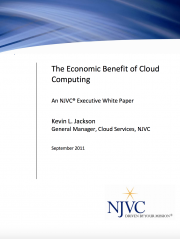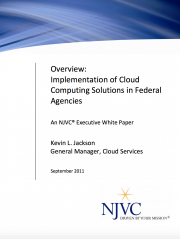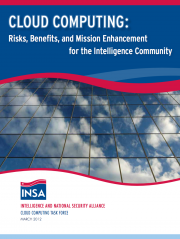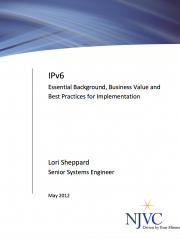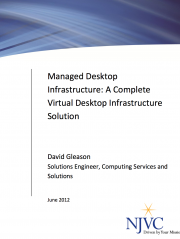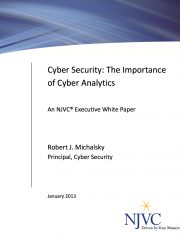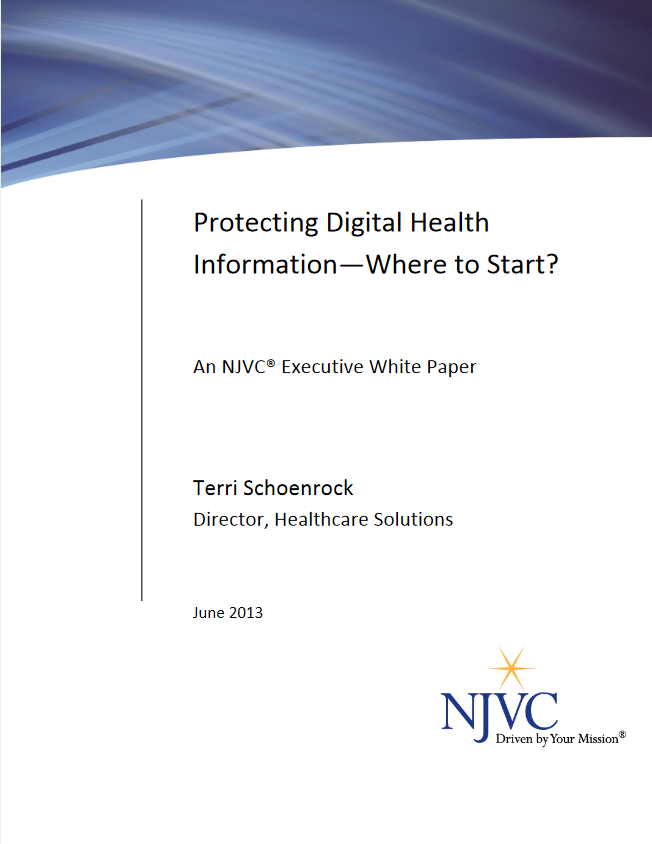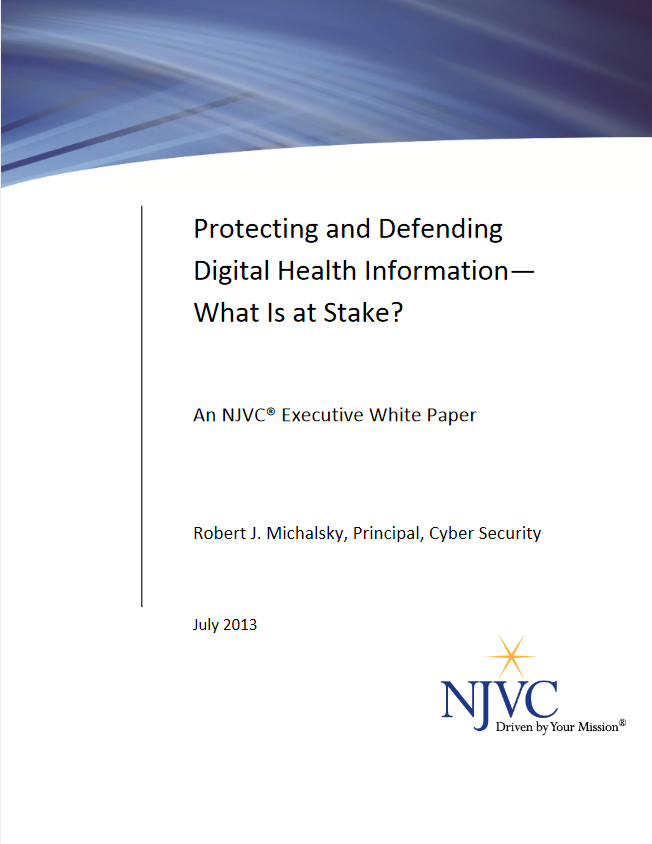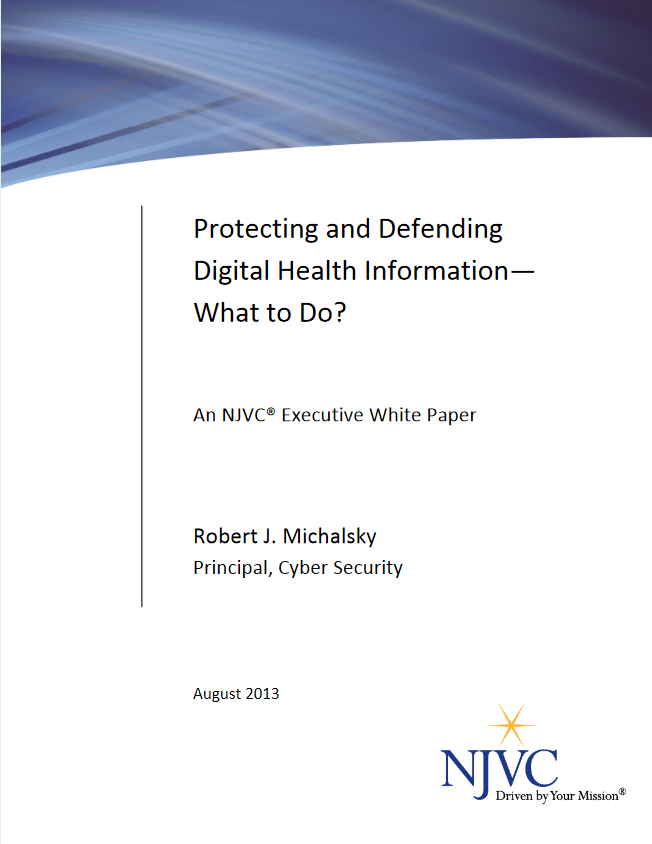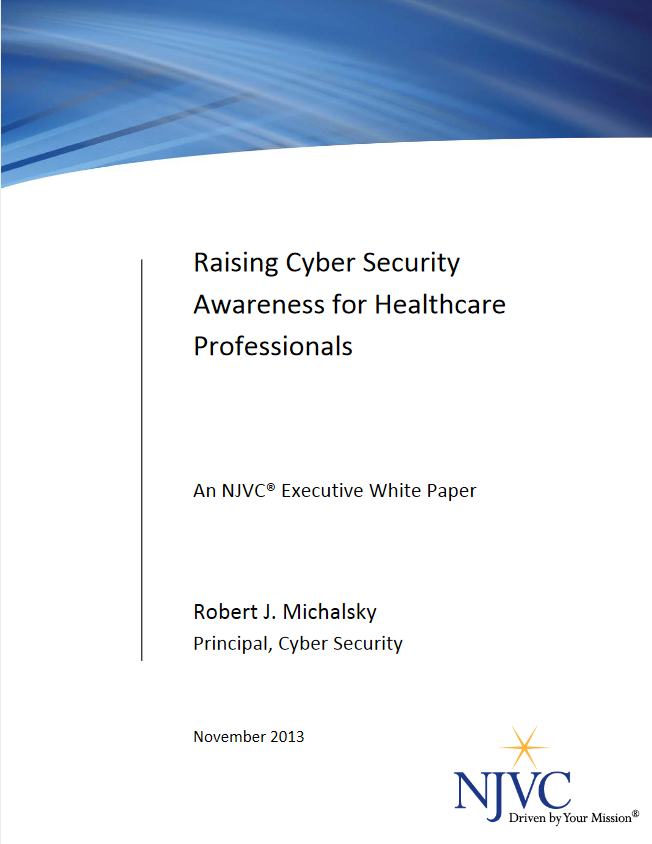Cloud computing, as defined by the National Institute of Standards and Technology, is a model for enabling “… convenient, on-demand network access to a shared pool of configurable computing resources (e.g., networks, servers, storage, applications and services) that can be rapidly provisioned and released with minimal management effort or service provider interaction.” NIST is implying the economies of scale that go with cloud computing when it refers to a pool of configurable computing resources.
Cloud computing is often referred to as a technology. However, it is actually a significant shift in the business and economic models for provisioning and consuming information technology (IT) that can lead to a significant cost savings. This cost savings can only be realized through the use of significant pooling of these “configurable computing resources” (from NIST definition of cloud computing) or resource pooling. According to NIST, this capability is an essential characteristic of cloud computing. Resource pooling is the ability of a cloud to serve multiple customers using a multi-tenant model with different physical and virtual resources dynamically assigned and reassigned according to demand.
Cloud computing economics depends on four customer population metrics:
1. Number of Unique Customer Sets (n)
2. Customer Set Duty Cycles (λ,f)
3. Relative Duty Cycle Displacement (t)
4. Customer Set Load (L)
These metrics drive the cloud provider’s ability to use the minimum amount of physical IT resources to service a maximum level of IT resource demand. Properly balancing these factors across a well characterized user group can lead to approximately 30-percent savings in IT resources, and enables the near real-time modification of the underlying physical infrastructure required for the delivery of the desired illusion of infinite resources synonymous with a cloud computing user’s experience.
When implemented properly, the cloud computing economic model can drastically reduce the operations and maintenance cost of IT infrastructures. A 2009 Booz Allen Hamilton (BAH) study concluded that a cloud computing approach could save 50 to 67 percent of the lifecycle cost for a 1,000-server deployment. Another Deloitte study confirmed that cloud deployments delivered greater investment returns with a shorter payback period when compared to the traditional on-premise delivery option.
In considering cloud computing for the Intelligence Community, security is an obvious concern. Given the legal and operational concerns, classified information should always be processed in properly protected and certified IC private or community clouds. If a secure cloud model can be designed, economic savings can certainly be realized.
When used to process unclassified information, sharing cloud computing resources can nominally provide the operational advantages of a private cloud with a cost closer to that of a public cloud due to the expected economies of scale from combined user communities.
The federal government is currently deploying a federal community cloud. Officially referred to as the General Services Administration Infrastructure as a Service Blanket Purchase Agreement GSA IaaS; item #4 in the White House CIO’s “25 Point Implementation Plan to Reform Federal Information Technology Management”), this Government Wide Acquisition Contract vehicle is designed to implement a community cloud economic model to support the federal government. The Office of Management and Budget expects this community to provide approximately $20 billion in cloud computing services to a community made up of more than 25 agencies.
Using the BAH study as a guide, and assuming that community cloud economies mimic those expected from a hybrid cloud, transitioning IT services from an agency-owned IT infrastructure to the GSA IaaS platform should deliver benefit cost ratios of approximately 7:1.
Cloud computing provides some strong benefits and economic incentives. Selecting a public, private, hybrid or community cloud implementation will depend on a customer’s specific application, performance, security and compliance requirements. Proper deployment can provide significant savings, better IT services and a higher level of reliability.
1. Lower Costs
2. Cap-Ex Free Computing
3. Deploy Projects Faster, Foster Innovation
4. Scale as Needed
5. Lower Maintenance Costs
6. Resiliency and Redundancy

